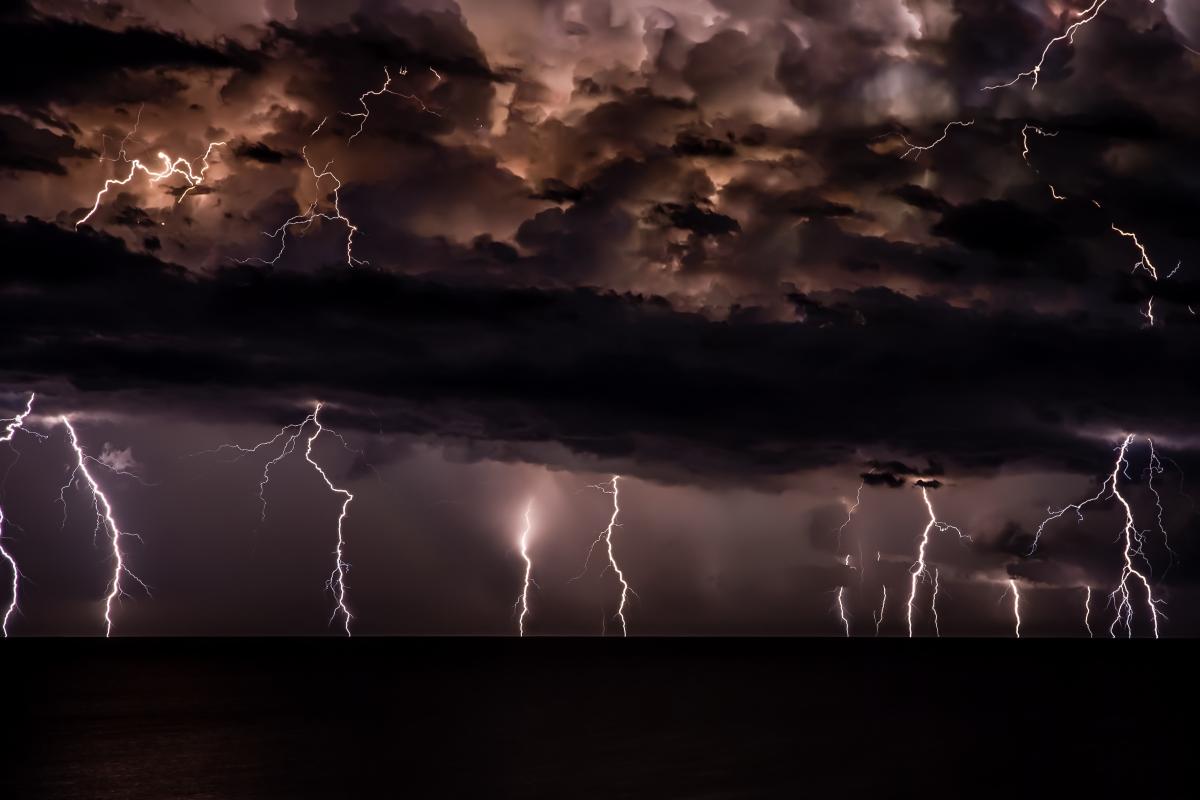IN MANY respects, both the Toyota recall and BP oil spill incidents represented a ‘perfect storm’ crisis situation. A rare combination of factors have caused them to be definitive case-studies in crisis management.
The consensus view is that Toyota may have stumbled out of the starting gate, and this may have compounded the situation. But it was able to recover its balance in short order. Was irreparable damage done?
The final chapter in this book has yet to be written, so will Toyota earn kudos or criticism when all it is over?
On the other hand, in the initial hours and days of the Deepwater Horizon incident, BP was seen as doing a good job at handling the communications challenges.
It was only after the extent of the spill was better understood, and the failure to stem the flow of oil, did sentiment change about the company.
For now, we can dissect the anatomy of these crises, and we can see that in many respects their trajectory was predictable and not surprising.
Getting the facts
By examining various crises that have dominated headlines in recent years we can see common combustion factors that can cause a matter to ignite.
The presence of a larger number of these combustion factors simply increases the likelihood that the situation will escalate:
1. Does the situation pose a legitimate threat to the enterprise?
2. Is it a clearly defined, tangible, measurable risk? When a risk appears real rather than abstract, the issue has a greater likelihood of escalating.
3. Is there a sympathetic victim or set of victims? Cynical as it may sound, the media are far more interested in conflict where there is a vulnerable party, such as children, the elderly, the infirm or animals.
4. What is the scale of the problem? Together with the need for a sympathetic set of victims, this is perhaps the most significant combustion point. The wider the universe of affected people, the greater the crisis.
5. Does the risk or crisis represent a trend? Media love trends, particularly when they complement a matter of social interest.
6. Is there any hypocrisy? Politicians who espouse wholesome values or law and order, and then are caught cheating or breaking the law, are prime examples.
7. Irony is a cousin of hypocrisy. Toyota built its reputation around safety and quality, and BP spent millions of dollars convincing the public it was better than other oil companies.
The irony of their respective problems was not lost on the news media, politicians nor the public.
8. Are there compelling images? In this age of the internet, images can speed around the globe in seconds, and they last forever.
9. Is there an engaged social network? Another manifestation of the internet is the ability of millions of people to come together and start a conversation which, if ignored, can escalate into a crisis the traditional media will grab.
So, what are the lessons here? We can use combustion points as yardsticks to ‘guesstimate’ how severe a crisis may become, enabling us to plan accordingly. The greater number of boxes checked, the more severe the crisis is likely to be.
Chris Gidez is senior vicepresident, Risk Management/ Crisis Communications, Hill & Knowlton. Chris.Gidez@ hillandknowlton.com
The presence of a larger number of combustion factors simply increases the likelihood that the situation will escalate
